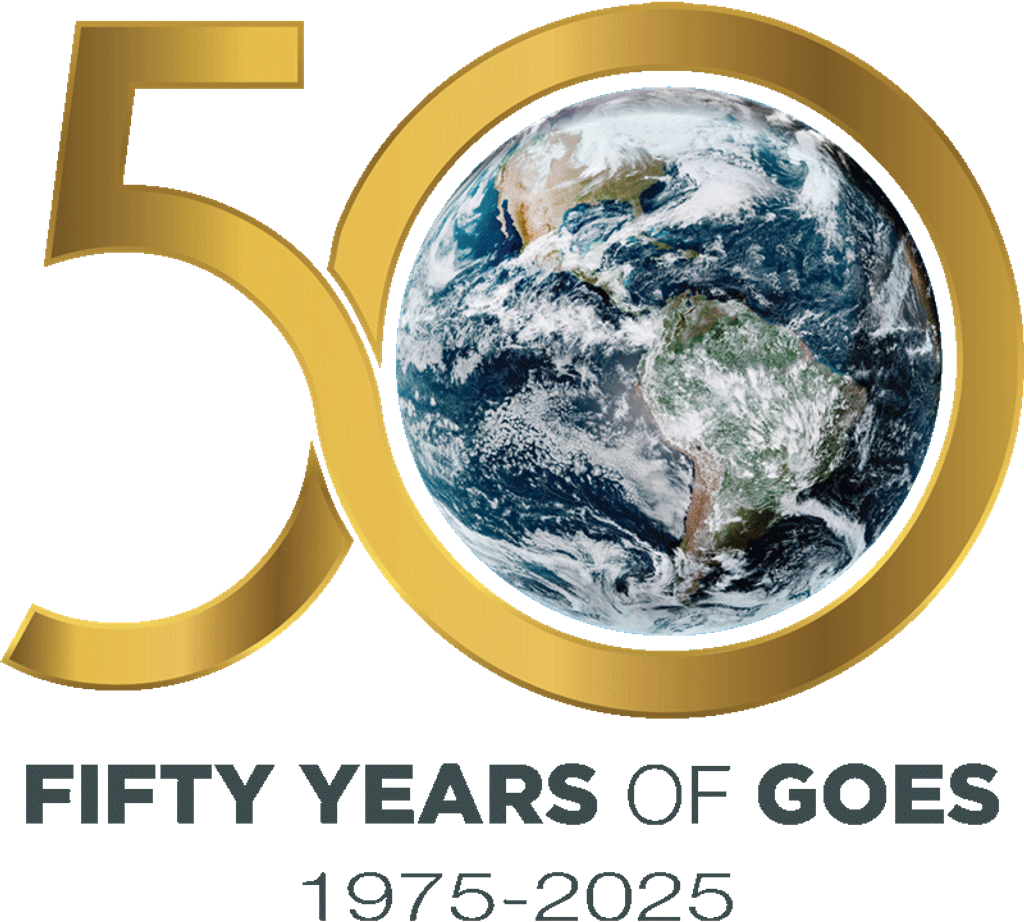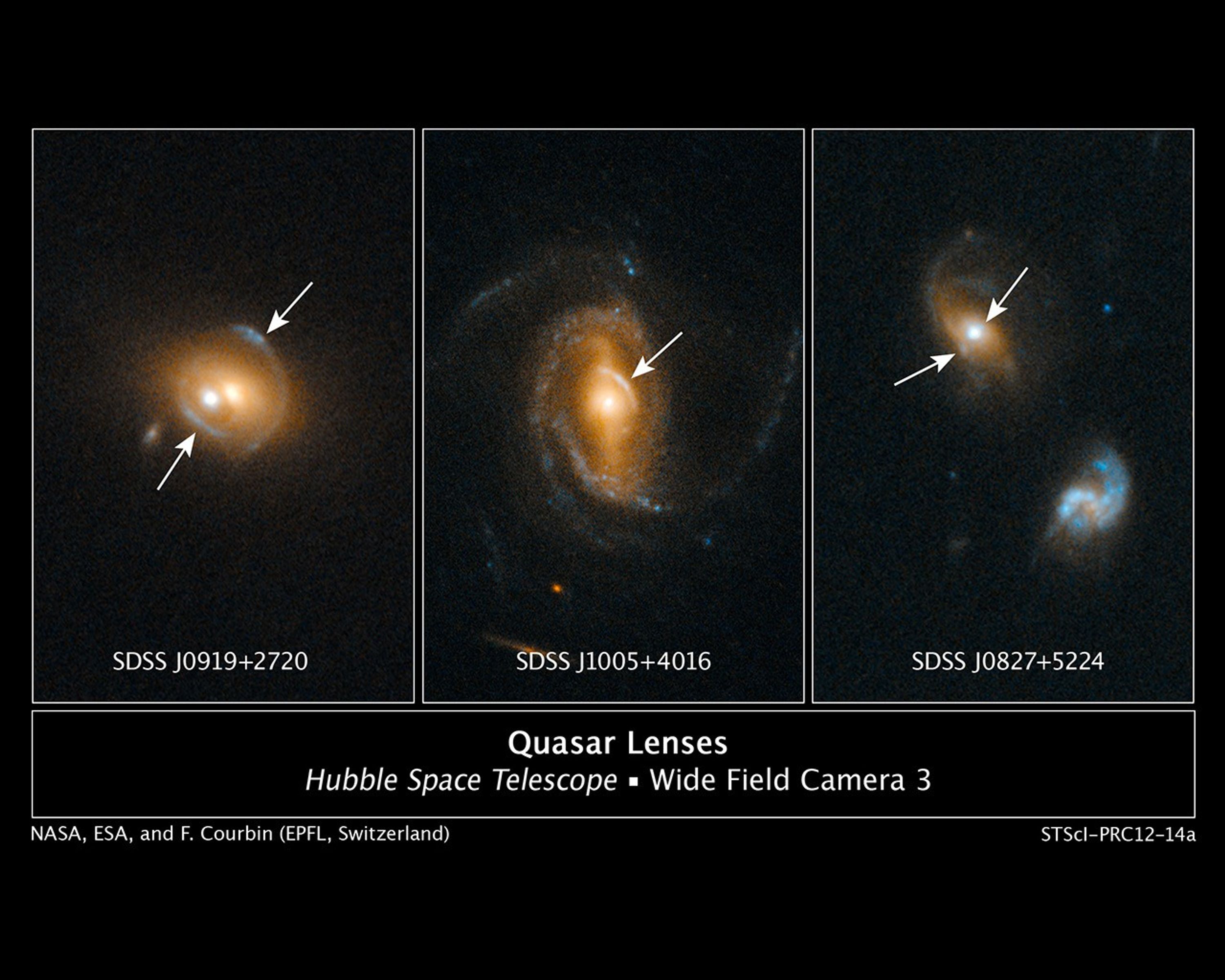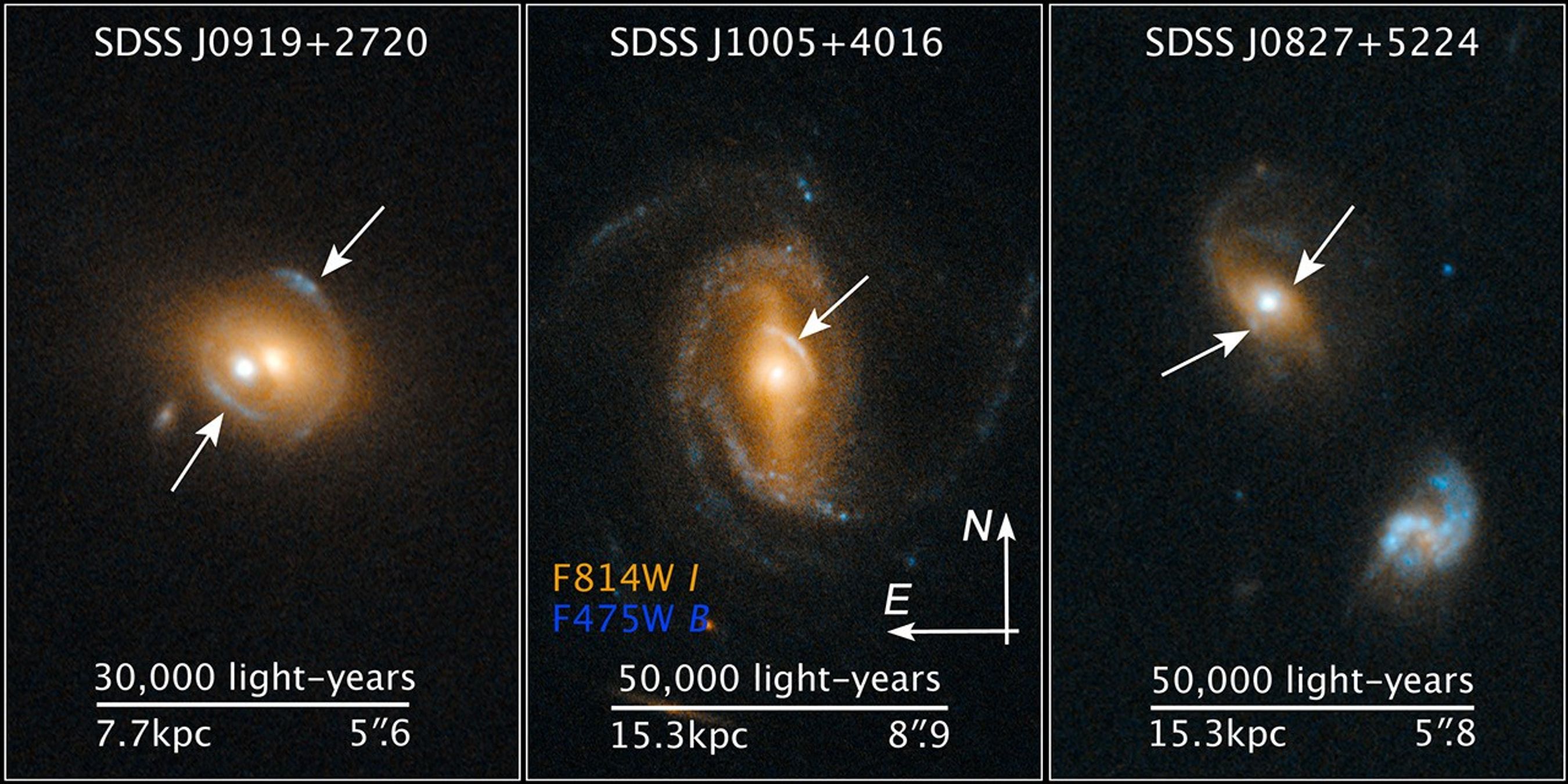1 min read
SDSS J0919+2720

About the Object
- R.A. PositionR.A. PositionRight ascension – analogous to longitude – is one component of an object's position.09h 19m 26.22s
- Dec. PositionDec. PositionDeclination – analogous to latitude – is one component of an object's position.27° 20' 51.0"
- ConstellationConstellationOne of 88 recognized regions of the celestial sphere in which the object appears.Cancer
- DistanceDistanceThe physical distance from Earth to the astronomical object. Distances within our solar system are usually measured in Astronomical Units (AU). Distances between stars are usually measured in light-years. Interstellar distances can also be measured in parsecs.z (quasar galaxy) = 0.209, z (lensing source) = 0.558
About the Data
- Data DescriptionData DescriptionProposal: A description of the observations, their scientific justification, and the links to the data available in the science archive.
Science Team: The astronomers who planned the observations and analyzed the data. "PI" refers to the Principal Investigator.The image was created from Hubble data from proposal 12233: F. Courbin, G. Meylan, M. Tewes, and P. Jablonka (EPFL, Switzerland), S.G. Djorgovski and A. Mahabal (Caltech), P. Magain (Universite de Liege, Belgium), and D. Sluse (Bonn University, Germany). The science team includes: F. Courbin, C. Faure, F. Rerat, M. Tewes, and G. Meylan (EPFL, Switzerland), S.G. Djorgovski and A. Mahabal (Caltech), D. Stern (JPL), T. Boroson (NOAO), D. Sluse (Bonn University, Germany), and R. Dheeraj (University of Maryland). - InstrumentInstrumentThe science instrument used to produce the data.HST>WFC3/UVIS
- Exposure DatesExposure DatesThe date(s) that the telescope made its observations and the total exposure time.February 26, 2011, Exposure Times: 1.4h
- FiltersFiltersThe camera filters that were used in the science observations.F475W (B), F814W (I)
- Object NameObject NameA name or catalog number that astronomers use to identify an astronomical object.SDSS J0919+2720
- Object DescriptionObject DescriptionThe type of astronomical object.QSO gravitational lens
- Release DateMarch 15, 2012
- Science ReleaseAstronomers Using NASA’s Hubble Discover Quasars Acting as Gravitational Lenses
- Credit

Color Info
Color InfoA brief description of the methods used to convert telescope data into the color image being presented.
This image is a composite of separate exposures acquired by the WFC3 UVIS instrument. Several filters were used to sample various wavelength and energy ranges. The color results from assigning different hues (colors) to each monochromatic (grayscale) image associated with an individual filter. In this case, the assigned colors are: Blue: F475W (B) Orange: F814W (I)
Related Images & Videos
Share
Details
Last Updated
Aug 17, 2025
Contact
Media
Claire Andreoli
NASA’s Goddard Space Flight Center
Greenbelt, Maryland
claire.andreoli@nasa.gov


































